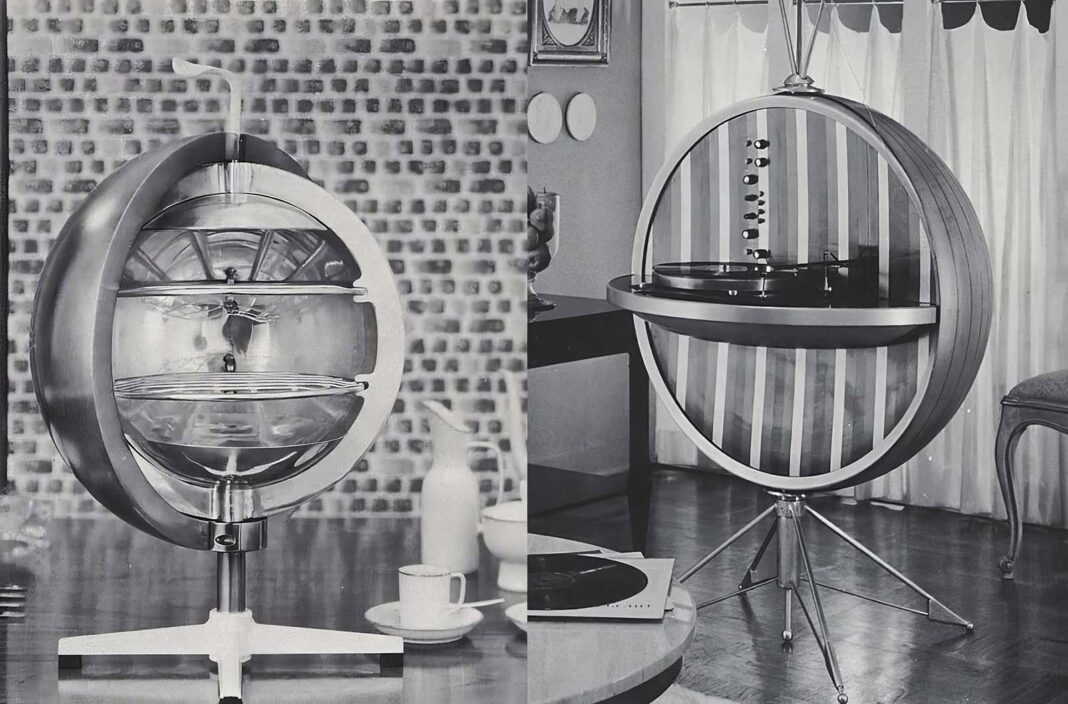Bacon perfectly toasted in disposable trays, sonic-powered dishwashers, and refrigerators that rose from the floor at the touch of a button—these were once visions of everyday life.
In 1962, a book titled 1975: And the Changes to Come by Arnold B. Barach offered a peek into what the future could hold, capturing the hopes and optimism of a world standing at the edge of the Space Age.
Its pages were filled with sketches of push-button kitchens, automated conveniences, and clever gadgets designed to free people from daily chores, promising a lifestyle that felt within reach.
While many of these predictions missed the 1975 mark, they were far from fantasy. Decades later, these ideas would find their way into modern homes, with smart appliances and automation becoming part of daily routines.
1. Translating Machine
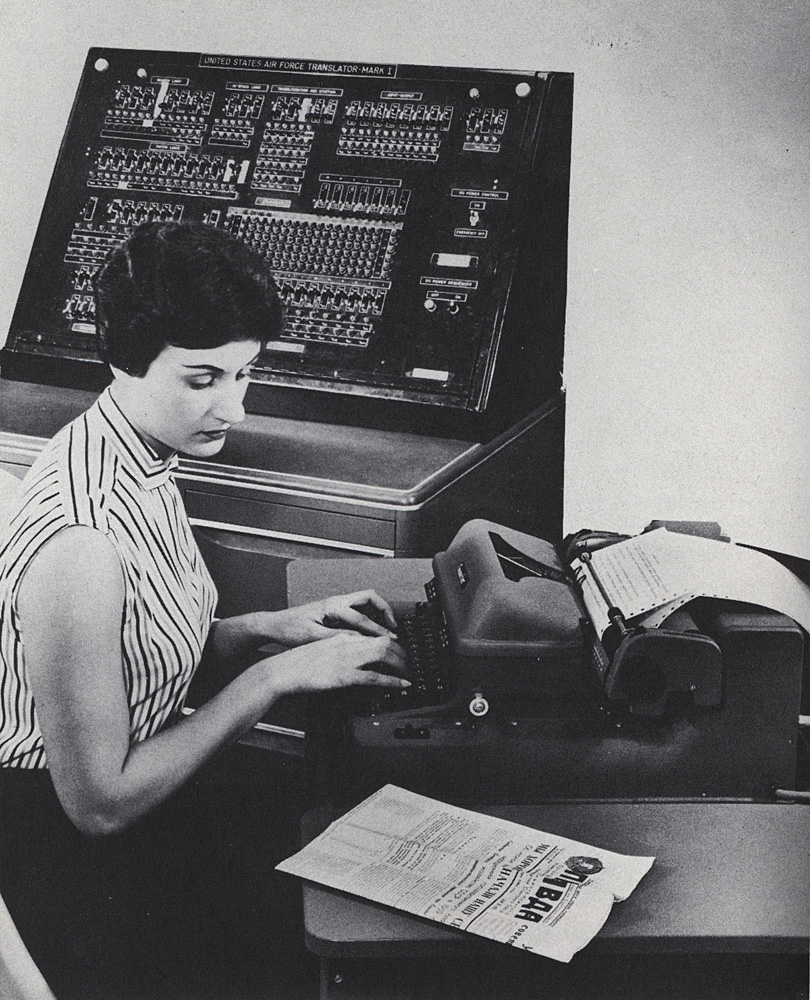
Translating Machine.
A typist feeds stories from the Russian newspaper Pravda into a special device that converts Cyrillic letters into punched tape.
This tape, when inserted into another unit, produces an English translation. By the 1970s, automatic translation of most foreign books and newspapers is expected to become a routine process.
2. Reference Finder
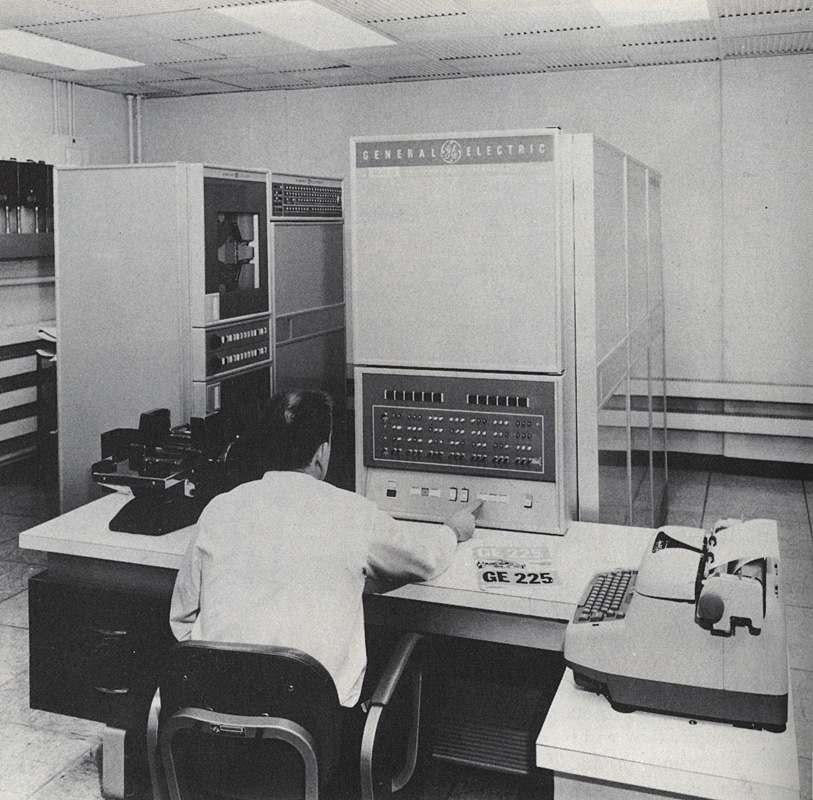
Reference Finder.
Every minute, around 2,000 pages of reports, newspapers, and books are published worldwide, and the pace is only accelerating.
To keep up with this flood of information, libraries will eventually rely on computers like this to locate references and documents.
This early example operates at the Center for Documentation and Communication Research at Western Reserve University.
3. Reading Machine
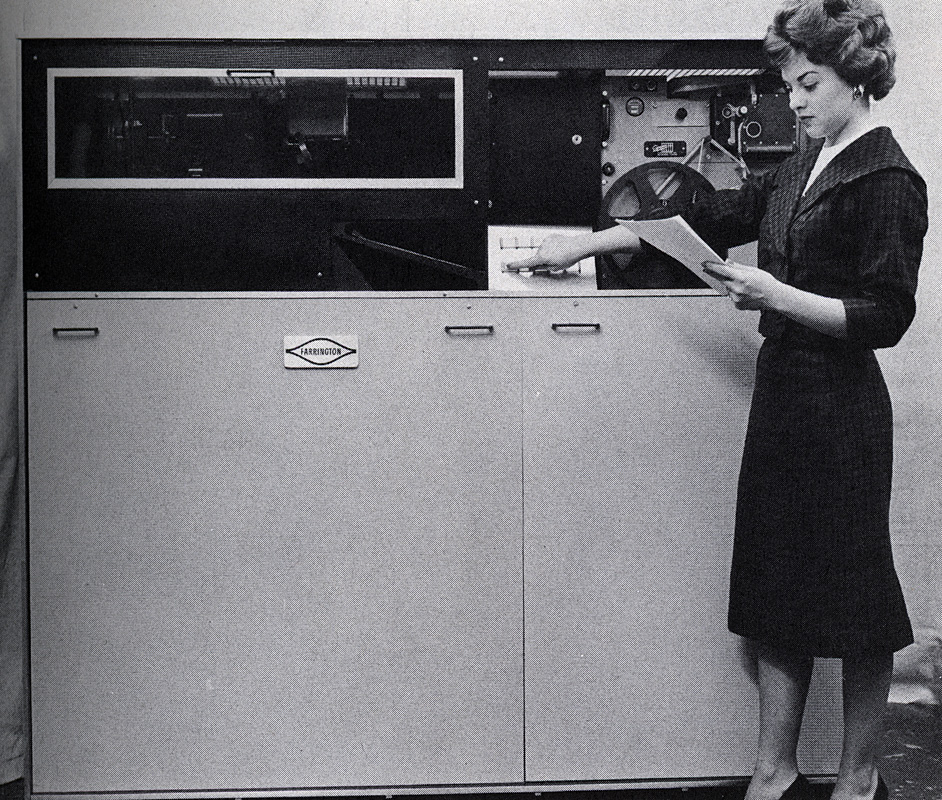
Reading Machine.
Documents placed in this device are converted into punched tape at a rate of 240 characters per second. The punched tape can then be read by another unit to reproduce the text captured by the machine.
A few offices have already adopted such devices, which are expected to become standard office equipment by 1975.
4. Push-Button Learning
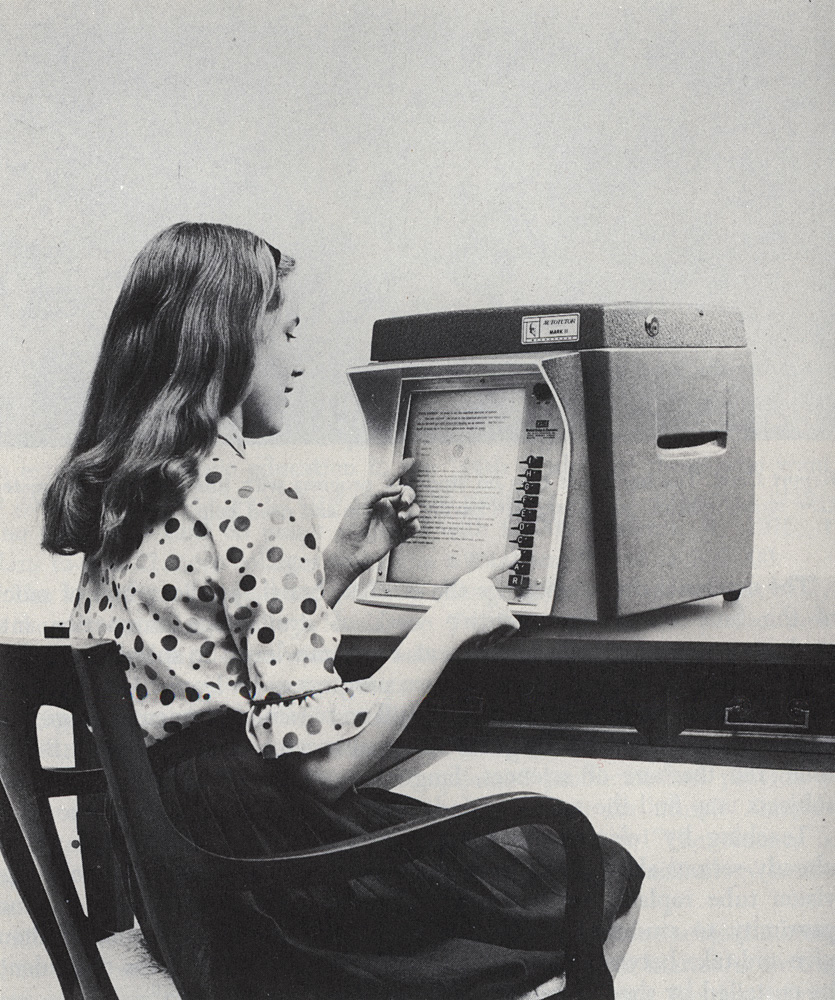
Push-Button Learning.
Teaching machines break down complex subjects into manageable steps, allowing students to progress at their own speed.
This “AutoTutor,” for instance, presents a unit of information followed by questions and multiple-choice answers. Correct responses unlock the next section, while mistakes trigger a brief explanation before the student tries again.
On the right, students test the machine in a classroom—a scene predicted to be common in future schools.
5. Teacher’s Helper
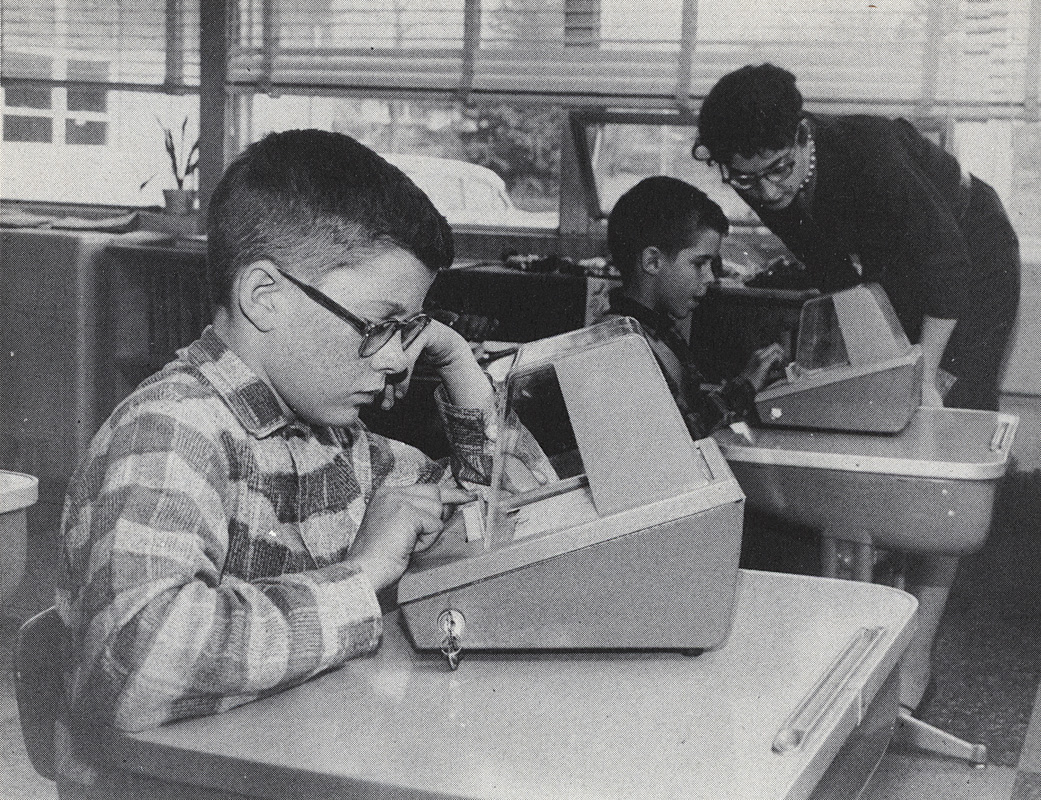
Teacher’s Helper.
In this classroom, lessons in spelling, geography, and history are displayed on a stack of cards at the top of the device.
Students answer questions by pressing one of four buttons. A correct answer drops the card to reveal the next part of the lesson.
The machine keeps track of scores, helping teachers identify which students may need additional attention.
6. Film Based Teaching Machine
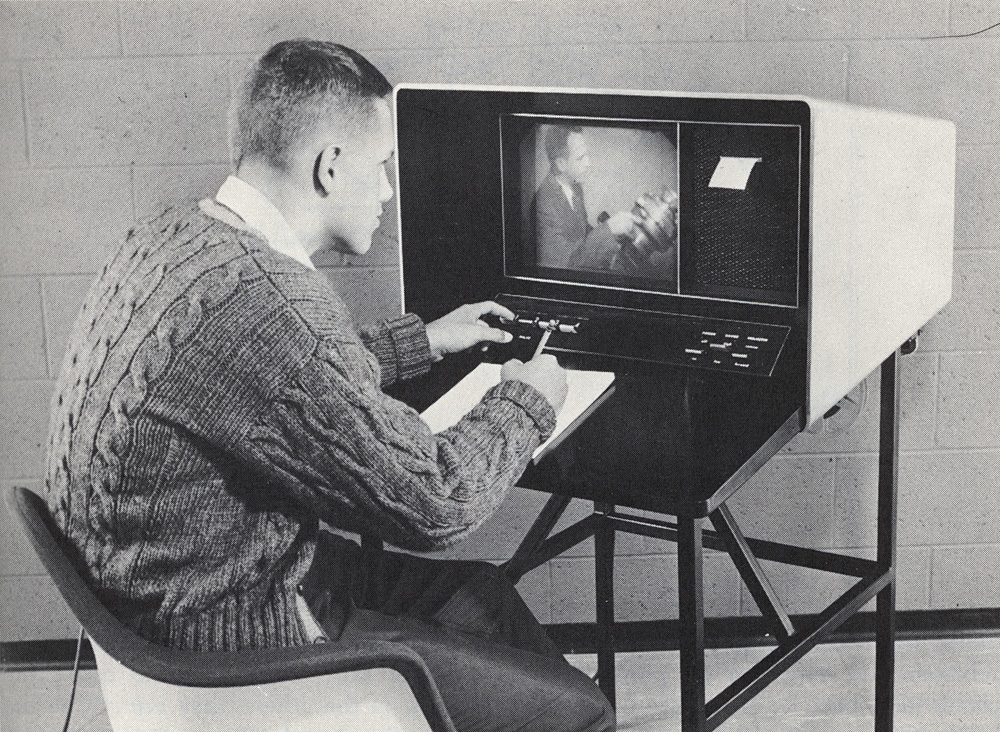
Film Based Teaching Machine.
Students select answers using four buttons, and their scores are printed on a slip at the upper right.
Teaching machines like this are expected to become widespread, using repetition to ensure understanding while helping teachers reduce paperwork and manage classrooms more efficiently.
7. Kitchen for a 1975 Bride
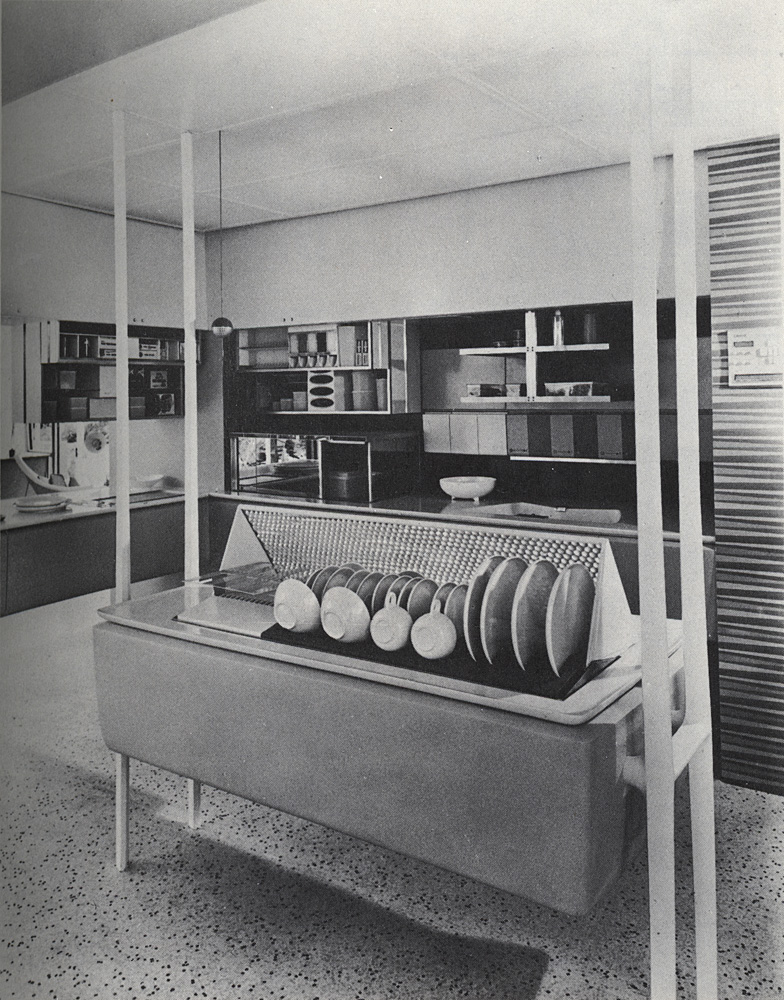
Kitchen for a 1975 Bride.
An ultrasonic dishwasher, electronic range, and push-button refrigerator and freezer that rise and lower behind sleek panels shape this futuristic kitchen.
Special cabinets store foods preserved by atomic radiation. Designed by Kelvinator, this kitchen reflects the type of modern living many manufacturers envision for the 1970s.
8. Wash Dishes Ultrasonically
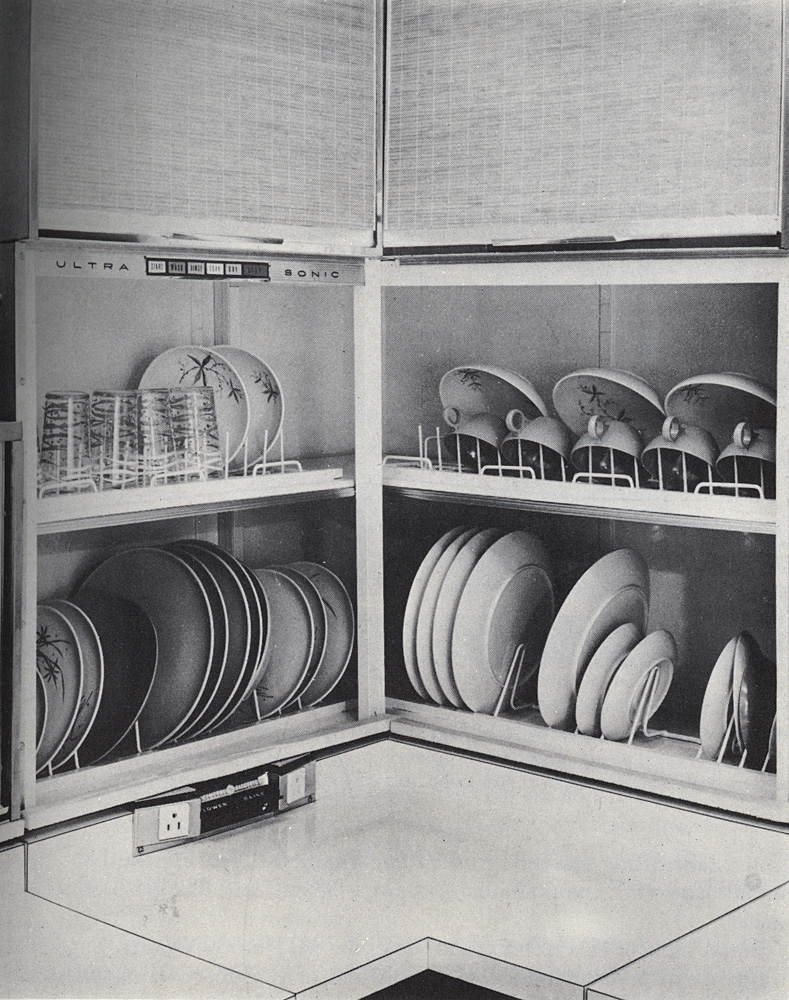
Wash Dishes Ultrasonically.
This ultrasonic dishwasher uses high-frequency sound waves to energize water, cleaning dishes thoroughly without scratching.
A transducer generates sound waves at around 20,000 cycles per second, beyond human hearing.
Ultrasonic washing is faster and more effective, easily removing baked-on food and expected to expand to laundry machines within a decade.
9. Push a Button, Get a Meal
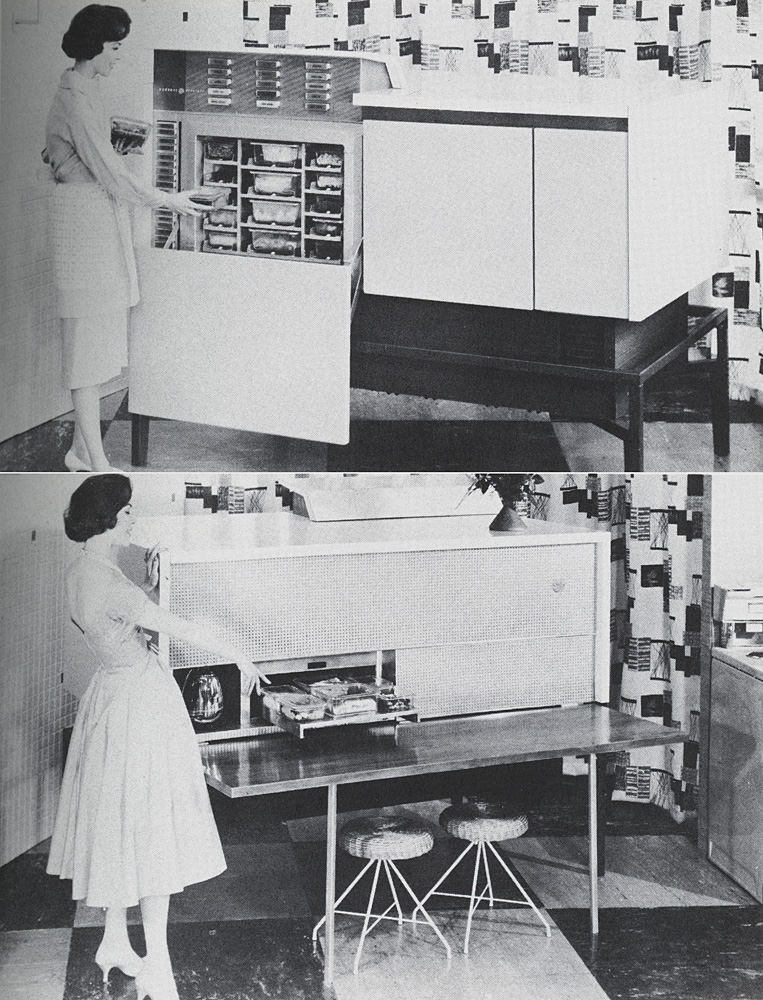
Push a Button, Get a Meal.
One of tomorrow’s time-savers, this combination freezer and electronic oven allows meals to be prepared in advance and stored in labeled freezer compartments.
At mealtime, the user simply presses the appropriate button, and within half an hour, the meal is ready, hot, and served from the back of the appliance.
10. Oven in the Round
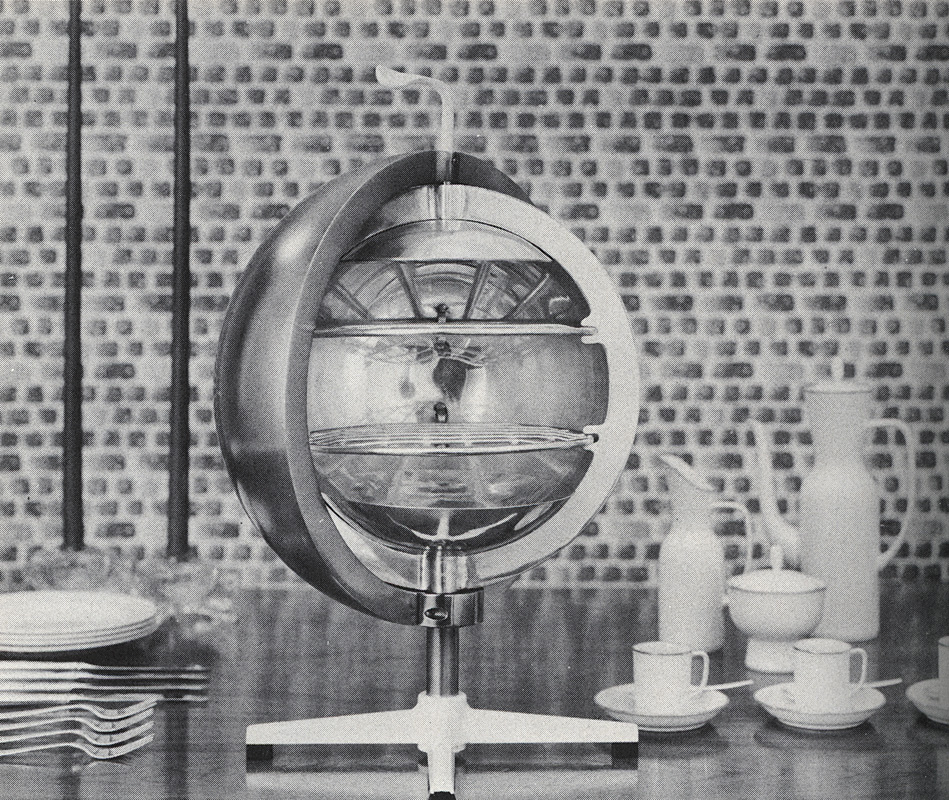
Oven in the Round.
Designed by Greta Magnusson Grossman, this portable, spherical oven is made for broiling and baking at the table, in the kitchen, or outdoors.
The round halves rotate to open or close the unit, which uses rapid radiant heat. Devices like this point toward a more informal and versatile approach to home cooking.
11. Bacon in a Toaster
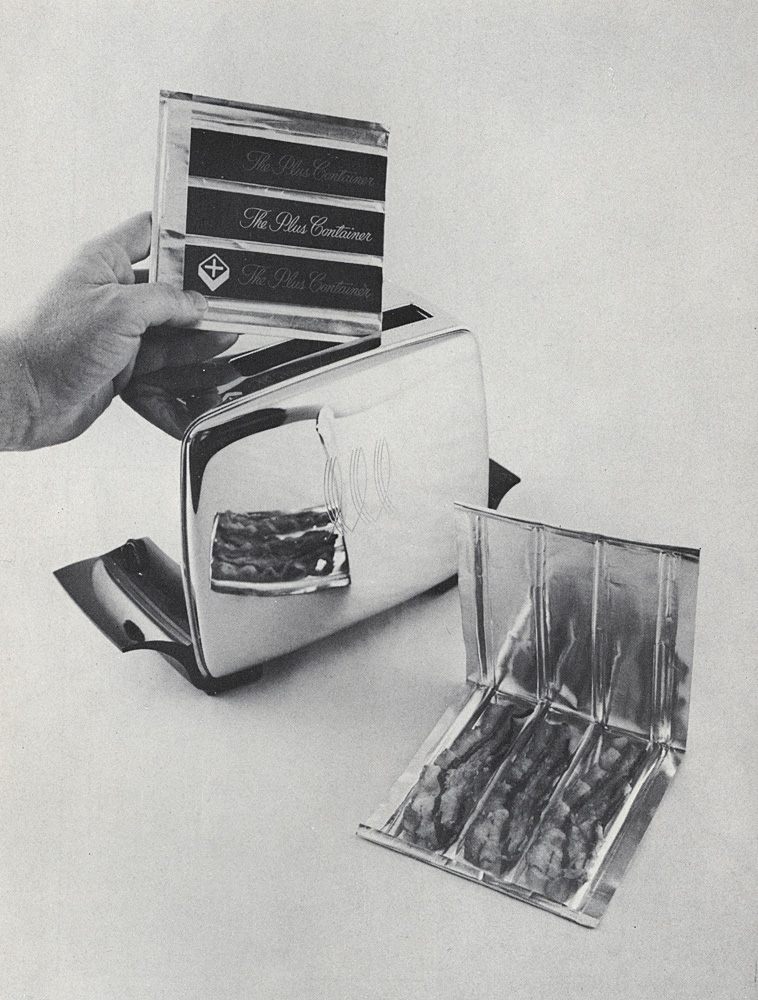
Bacon in a Toaster.
Bacon is pre-cooked and sealed in a specially designed aluminum package for future convenience. To heat, simply drop the packet in a toaster or place it in an oven or broiler.
This eliminates the need for cooking utensils, with the package opening easily and leftovers kept fresh by resealing the pouch.
12. Two Variations of Future Television Sets
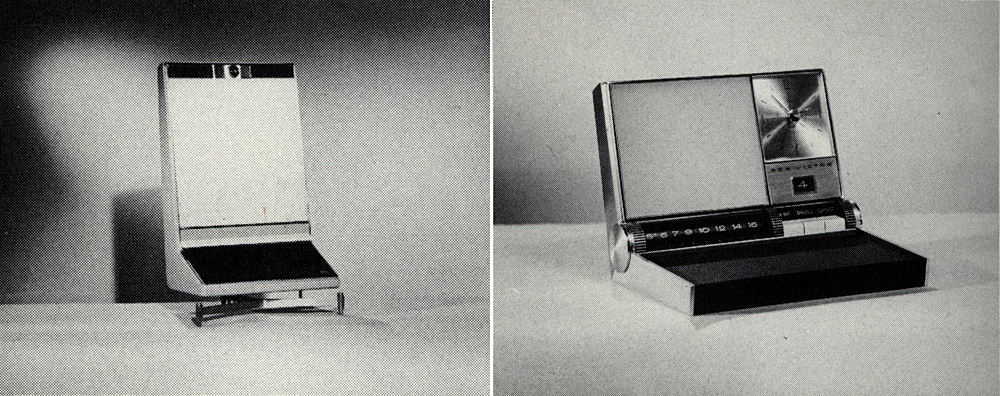
Two Variations of Future Television Sets.
On the left, a multi-purpose unit allows a homemaker to monitor children, check visitors, or watch color television.
On the right, a salesman’s portable video-audio player, stored in an attaché case, can display visual presentations and function as a dictation machine.
13. What’s On Delhi-Television Tonight?
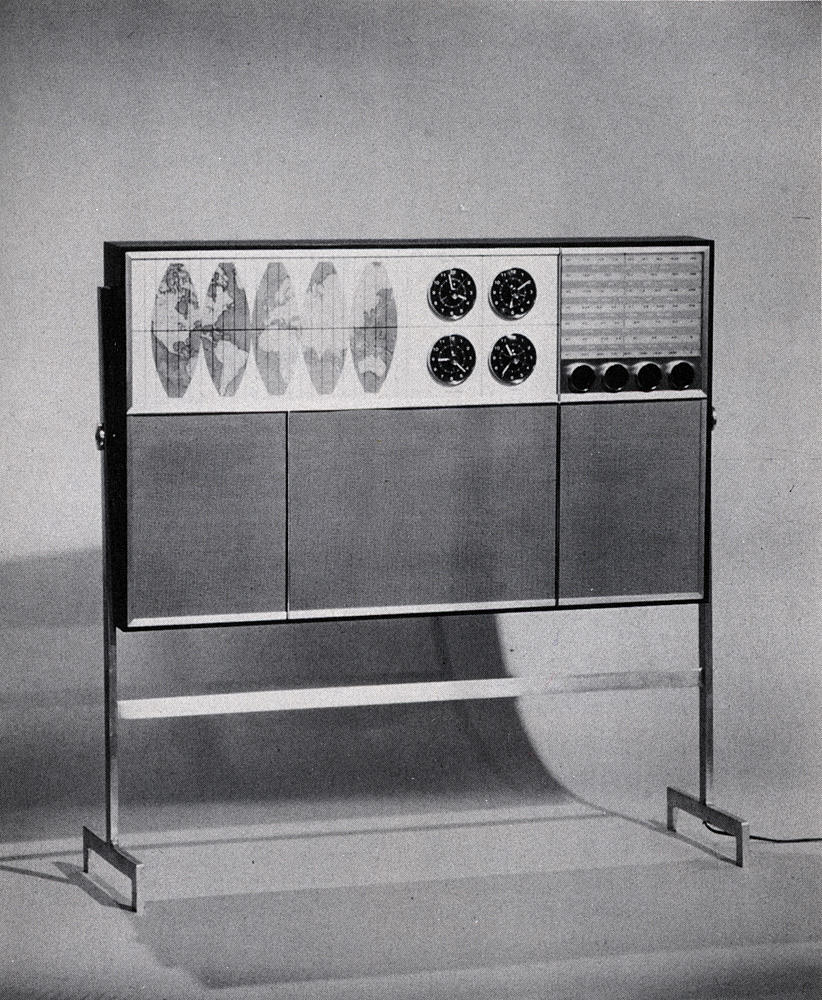
What’s On Delhi-Television Tonight?
This advanced television set, envisioned for a decade ahead, can receive programs via satellites from around the world.
A light on the world map indicates the broadcast’s origin, while dials show the time in four major time zones. The unit, only three inches thick, also includes a stereophonic radio on the back.
14. Hi-Fi Sphere
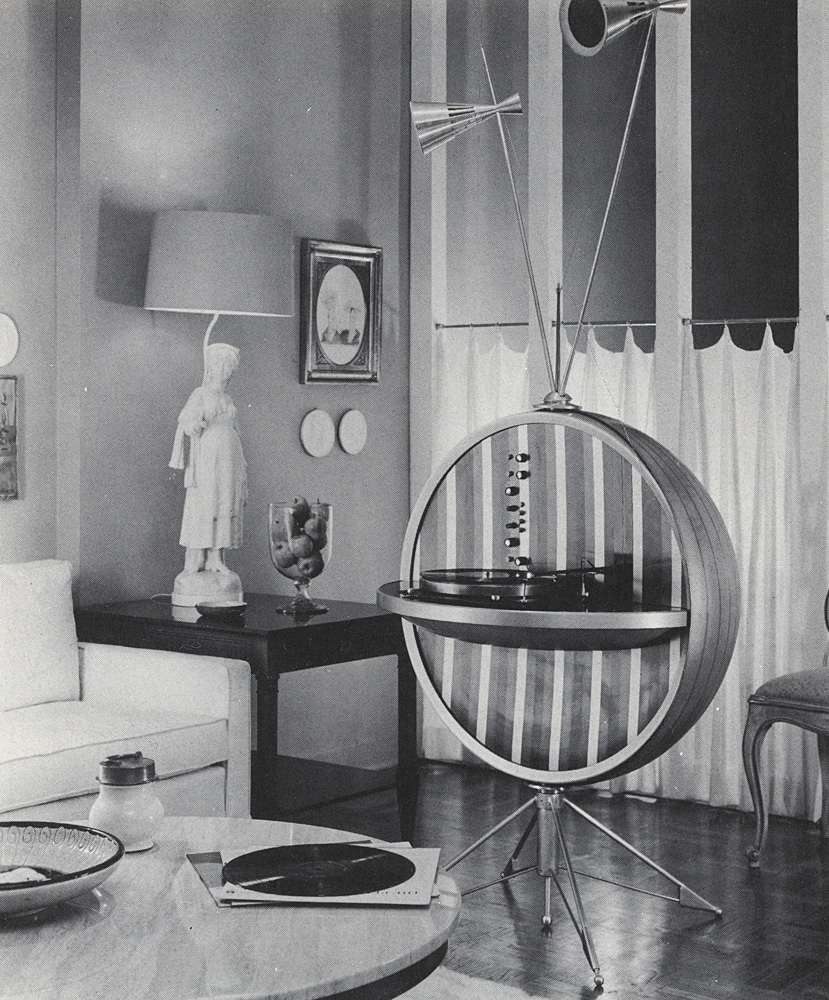
Hi-Fi Sphere.
Tomorrow’s high-fidelity units don’t need to be box-shaped. This futuristic design blends the look of a musical instrument with electronics. Engineers have long noted a sphere’s acoustic advantages.
The retractable cone speakers can extend up to six feet apart for optimal stereo sound, while a woofer inside the sphere enhances bass. When closed, the aluminum globe becomes a decorative piece.
15. House for a Small City Lot
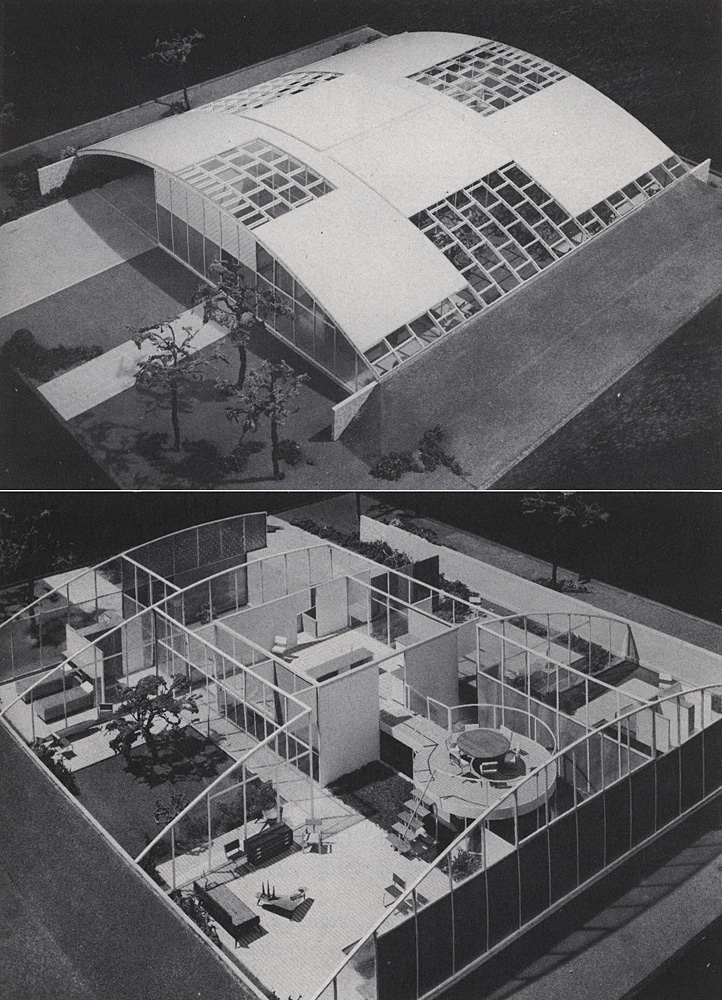
House for a Small City Lot.
This affordable home for compact urban lots uses lightweight steel arches to span both living and outdoor recreation areas. With the roof removed, the model shows a practical interior layout.
By 1975, as urban land becomes scarcer, architects will explore concepts like this to maximize limited space in growing cities.
16. Fun for the Family
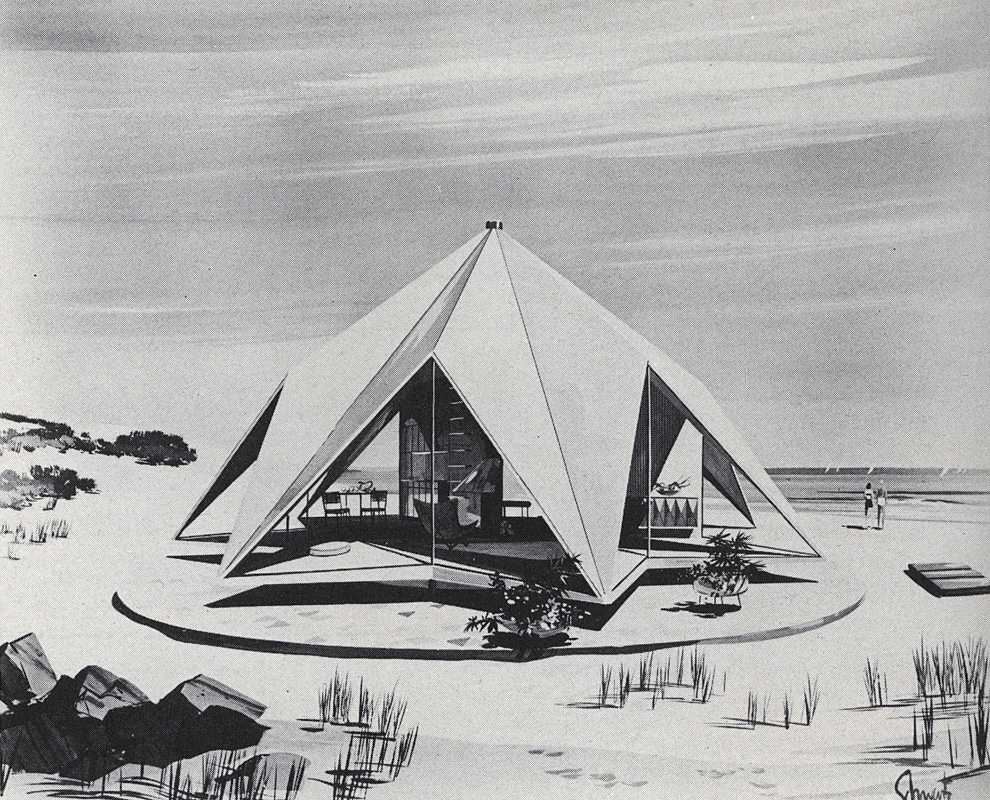
Fun for the Family.
Designers envision new ways for families to enjoy leisure time in the future. This beach house features a colorful aluminum roof and glass walls that open fully to the outdoors.
The peaked roof stands over 15 feet high, and the walls extend outward from a central column like the spokes of a wheel.
17. Heart Alarm
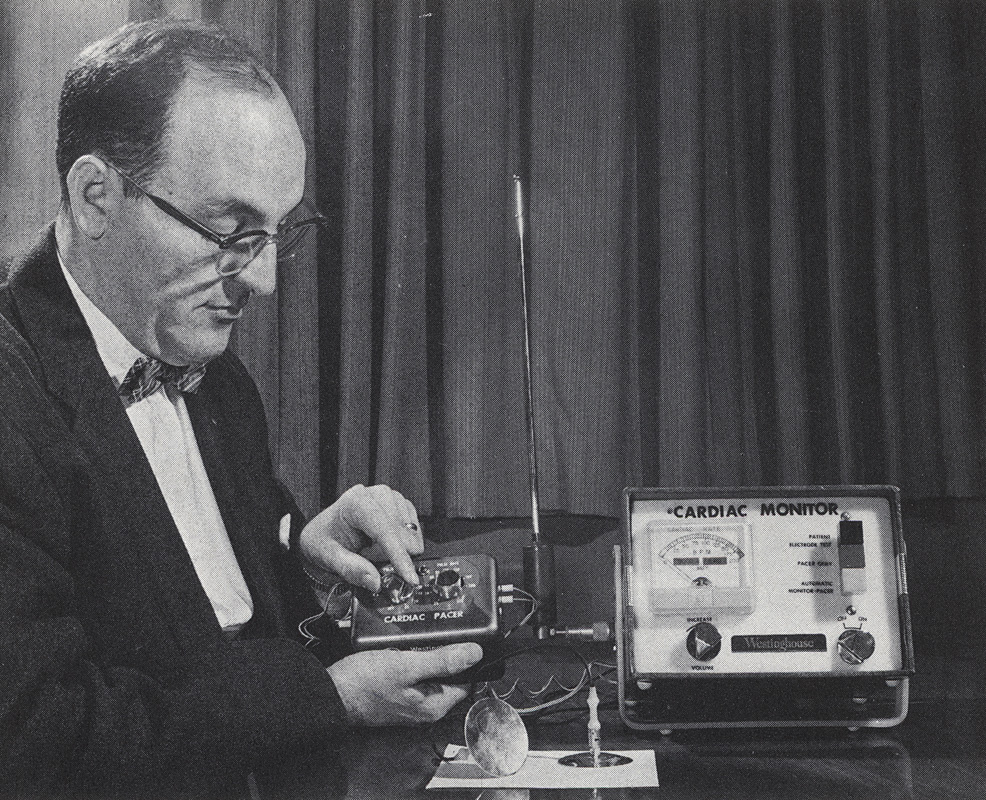
Heart Alarm.
These electronic devices, developed by inventor Morris Tischler, could save lives by monitoring and supporting heart patients.
The “Cardiac Pacer” automatically stimulates the heart during trouble, while the “Cardiac Monitor” tracks the heartbeat, triggers the pacer, and sounds an alarm while sending a signal to the doctor’s receiver up to two and a half miles away.
Such units are expected to become standard equipment for heart specialists soon.
18. Lunch at Zero Gravity
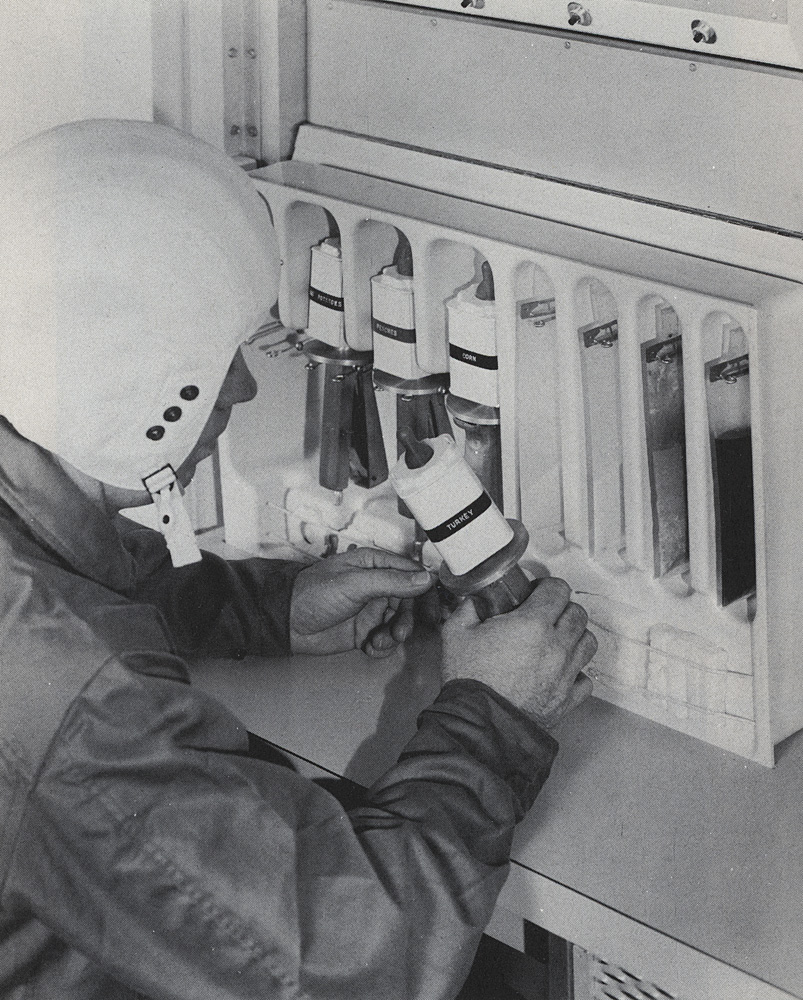
Lunch at Zero Gravity.
This snack bar concept for astronauts allows meals to be consumed in zero gravity, where knives and forks would float away.
A squeeze device attaches to a punctured can, allowing food to be pushed through a nozzle directly to the diner. Research on this system continues at the Aeromedical Laboratory at Wright-Patterson Air Force Base.
19. Operating Heart of a Reactor
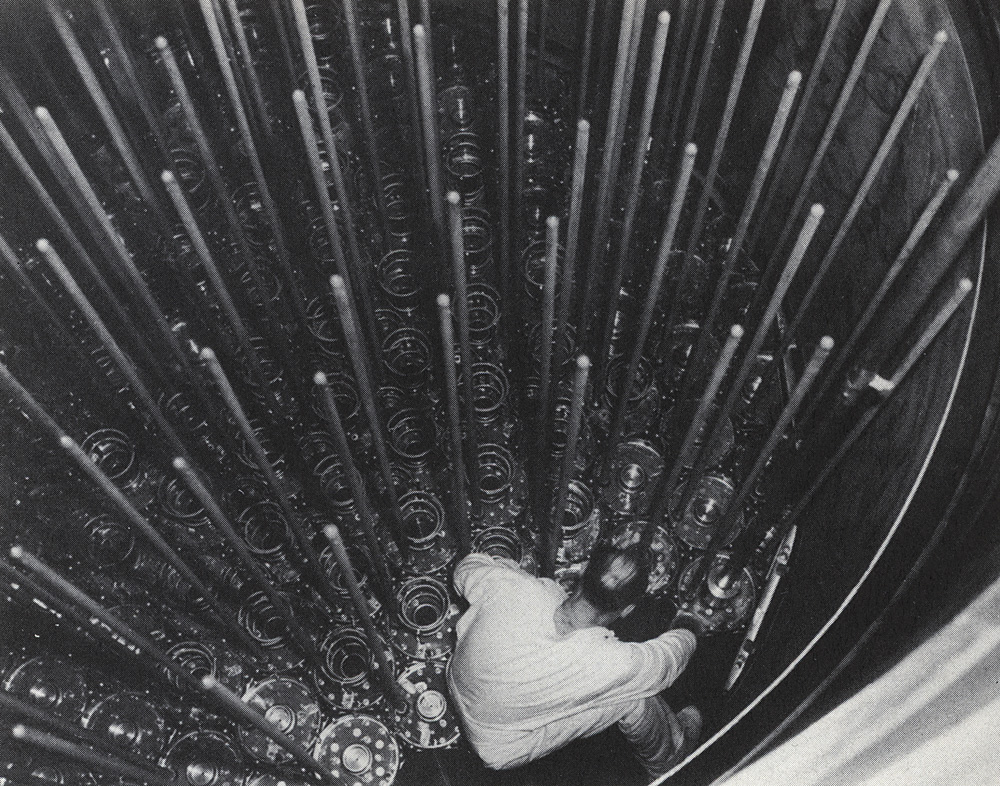
Operating Heart of a Reactor.
In this experimental sodium reactor, graphite contained within 119 canisters controls the neutrons necessary for atomic fission. Fuel elements are placed within coiled springs inside the tank.
This setup aims to demonstrate a more cost-effective way to generate electricity from atomic energy compared to existing reactor designs.
20. How to Preserve Foods
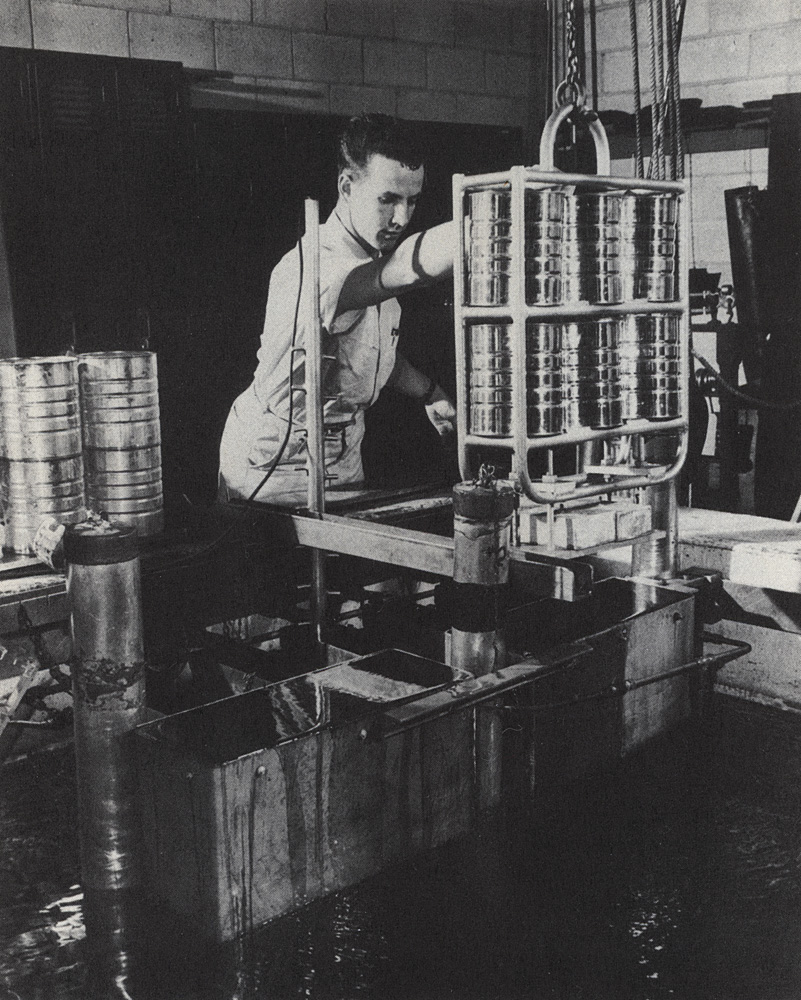
How to Preserve Foods.
Canned beans are lowered into a radioactive chamber, where six to twenty minutes of exposure provides indefinite preservation.
By the 1970s, atomic radiation will become a routine method for preserving meats, fruits, and vegetables, allowing them to be stored for years with minimal refrigeration.
21. Atomic Power for Space
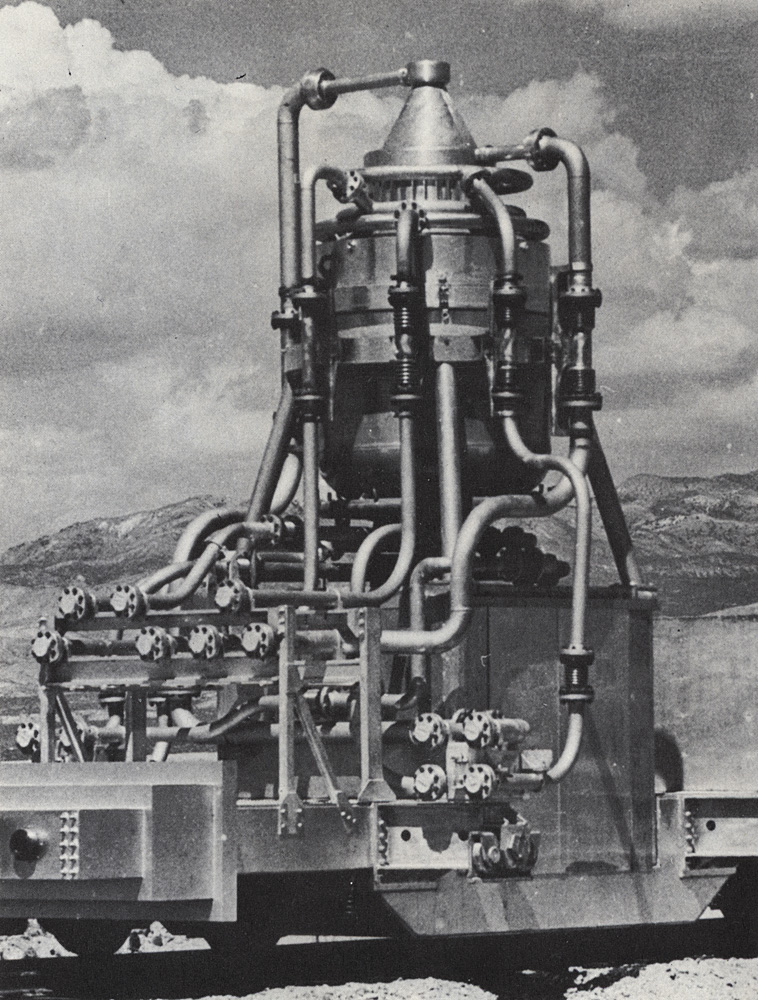
Atomic Power for Space.
The “Kiwi” reactor, shown here in an experimental phase, is among the early designs leading to atomic units capable of powering rockets on journeys stretching millions of miles through space.
(Photo credit: 1975: And the Changes To Come by Arnold B. Barach / Upscaled by RHP).
